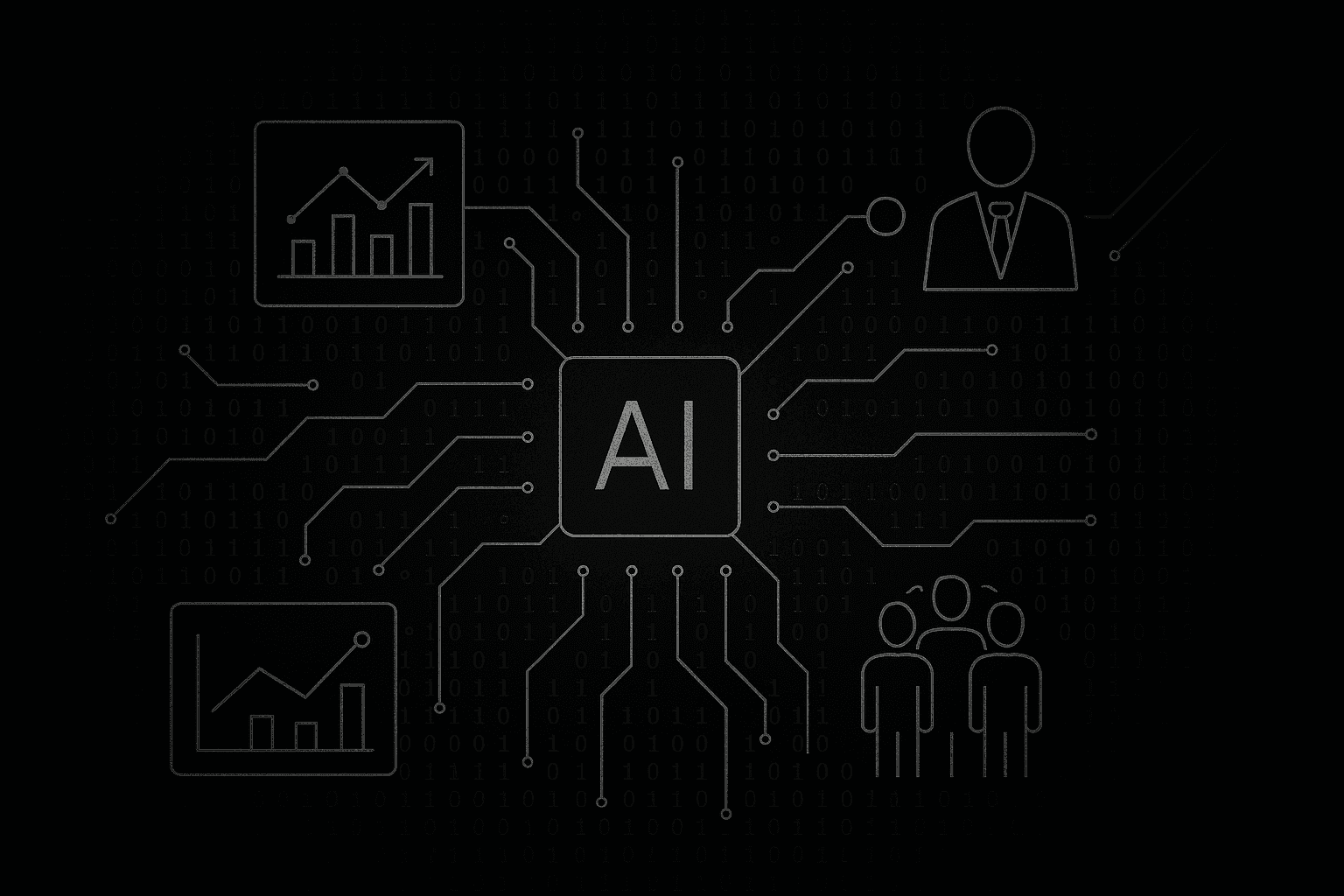Imagine a workplace where every team member from marketing to operations can answer their own data questions instantly, without waiting for IT. This is the promise of self-service BI tools in 2025 transforming organizations into agile, data-driven powerhouses. As businesses face accelerating market changes, having the right tools that encourage widespread data adoption and simplify insights for both technical and non-technical users is critical. This blog explores the top self-service BI tools for 2025 and reveals how they help you build a thriving data-driven culture while addressing the practical needs of diverse business users.

Why a Data-Driven Culture Depends on the Right BI Tools
Building a data-driven culture isn’t just about collecting data; it’s about embedding data into everyday decision-making by empowering all users. Self-service BI eliminates the traditional bottleneck of relying solely on IT teams and instead democratizes analytics by putting data access and tools directly into users’ hands.
Key benefits include:
Faster decisions with real-time data at your fingertips
Greater employee engagement by involving non-technical teams
Cross-department collaboration for deeper insights
Reduced IT workload focused on governance and strategy rather than routine reporting
Research shows organizations with effective BI adoption see up to a 50% reduction in decision time and 85% higher data engagement across teams. This is why choosing tools that foster easy data access, collaboration, and trust is essential for 2025.
What Features Drive Adoption and Insight in 2025 BI Tools?
Modern self-service BI platforms must do more than just present dashboards. Here’s what matters most today:
Intuitive interfaces that enable drag-and-drop report building, natural language queries, and AI-assisted insights, so users with varying skill levels can jump right in without training frustration.
Collaboration capabilities allowing teams to share reports, comment, and co-create data stories in real-time.
Strong data governance and security features that ensure data accuracy and compliance without slowing agility.
Cloud-native architecture to support remote teams with anywhere access and seamless integration with growing SaaS tooling stacks.
AI and machine learning powered features like automated trend detection, predictive analytics, and anomaly alerts that surface insights faster.
Comparison of the Top Self-Service BI Tools in 2025
Tool | Ease of Use | AI & Automation | Collaboration Features | Pricing Tier | Ideal For |
|---|---|---|---|---|---|
Very intuitive | AI Q&A, predictive insights | Real-time sharing & alerts | Affordable (SMBs) | Startups & small teams | |
User-friendly, open-source | Basic automation | Team workspaces | Free & Paid tiers | Tech-savvy SMBs & growing teams | |
Advanced but visual | Strong AI-driven analytics | Extensive collaboration | Enterprise pricing | Large enterprises & analysts | |
Microsoft Power BI | Familiar drag/drop | AI insights, Azure integration | Office 365 collaboration | Mid-tier affordable | SMBs & enterprises in MS stack |
Qlik Sense | Moderate learning curve | Associative engine, AI | Interactive dashboards | Mid to high pricing | Enterprises with complex data |
Looker (Google) | Clean, cloud-native | ML-driven modeling | Google Drive sharing | Premium enterprise | Remote teams and cloud-first |
SAP Analytics Cloud | Comprehensive & complex | Embedded AI & planning | Enterprise collaboration | Premium | Multinational corporations |
How These Tools Build a Data-Driven Culture
1. Supaboard
Supaboard unifies data from multiple sources and delivers instant insights with AI-powered Q&A and predictive analytics. Teams across marketing, sales, product, and finance can explore data, make faster decisions, and collaborate effortlessly.
2. Metabase
Metabase’s open-source nature appeals to data-savvy SMEs with some technical help. Its intuitive visual interface encourages users to explore data freely while supporting collaboration through team workspaces.
3. Tableau
Tableau remains a powerhouse for organizations needing highly sophisticated visual analytics and wide collaboration features, ideal for experienced analysts and large teams.
4. Microsoft Power BI
Power BI’s tight Microsoft ecosystem integration makes data a natural part of everyday work, helping boost adoption among users familiar with Office tools. Its AI features further enhance insights and automate report generation.
Building Data Fluency with Modern BI: Key Takeaways
Modern BI tools are not just about dashboards, they shape how your organization thinks, collaborates, and innovates with data. To build a successful data-driven culture:
Choose tools designed for diverse skill levels and team collaboration.
Invest in platforms with strong AI features that simplify analysis and surface insights automatically.
Ensure governance and security to build trust across business units.
Focus on real-time, accessible data experiences that make exploring data natural and fast.
Frequently Asked Questions (FAQs)
Q1: What is self-service BI and why is it important in 2025?
Self-service BI lets business users analyze and visualize data independently without needing IT assistance. In 2025, it’s vital because it accelerates decision-making, reduces bottlenecks, and encourages widespread data use across organizations.
Q2: Which BI tool is best for non-technical users?
Supaboard and Power BI stand out for their intuitive interfaces and AI-assisted insights that require minimal technical knowledge, making them great for non-technical teams.
Q3: How do BI tools foster a data-driven culture?
They democratize data access, support collaboration, and build trust through governed, real-time insights, which empower every employee to contribute to data-based decisions.
Q4: Are AI and automation must-have BI features in 2025?
Yes. AI-powered predictive analytics, natural language queries, and automated reports help users discover insights quicker and reduce the technical skills needed to analyze data.
Q5: Should my team choose cloud or on-premises BI solutions?
Cloud solutions are preferred for remote accessibility, scalability, and easier integrations in 2025, although some enterprises may choose hybrid or on-prem for compliance reasons.
Ready to empower your teams with the right self-service BI tools? Explore free trials, request personalized demos.









